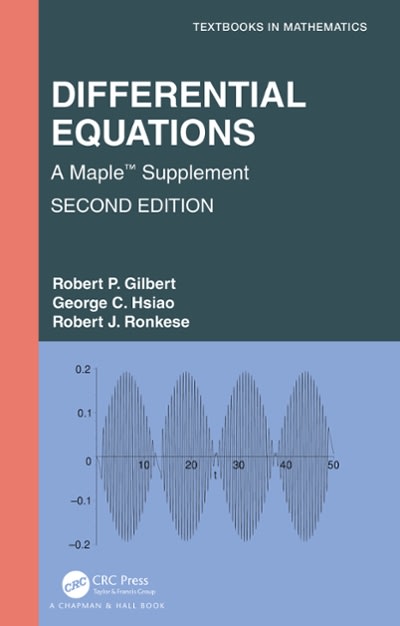Question
Education influences attitude and lifestyle. Differences in education are a big factor in the generation gap. Is the younger generation really better educated? Large surveys
Education influences attitude and lifestyle. Differences in education are a big factor in the "generation gap." Is the younger generation really better educated? Large surveys of people age 65 and older were taken inn1=32U.S. cities. The sample mean for these cities showed thatx1=15.2%of the older adults had attended college. Large surveys of young adults (age 25 - 34) were taken inn2=37U.S. cities. The sample mean for these cities showed thatx2=19.5%of the young adults had attended college. From previous studies, it is known that1=6.4%and2=4.8%. Does this information indicate that the population mean percentage of young adults who attended college is higher? Use= 0.05.
State the null and alternate hypotheses.
H0:1=2;H1:1<2
H0:1<2;H1:1=2
H0:1=2;H1:1>2
H0:1=2;H1:12
What sampling distribution will you use? What assumptions are you making?
The standard normal. We assume that both population distributions are approximately normal with unknown standard deviations.
The Student'st. We assume that both population distributions are approximately normal with known standard deviations.
The Student'st. We assume that both population distributions are approximately normal with unknown standard deviations.
The standard normal. We assume that both population distributions are approximately normal with known standard deviations.
What is the value of the sample test statistic? (Test the difference12. Round your answer to two decimal places.)
(c) Find (or estimate) theP-value. (Round your answer to four decimal places.) Sketch the sampling distribution and show the area corresponding to theP-value.
Based on your answers in parts (a) to (c), will you reject or fail to reject the null hypothesis? Are the data statistically significant at level?
At the= 0.05 level, we fail to reject the null hypothesis and conclude the data are statistically significant.
At the= 0.05 level, we fail to reject the null hypothesis and conclude the data are not statistically significant.
At the= 0.05 level, we reject the null hypothesis and conclude the data are statistically significant.
At the= 0.05 level, we reject the null hypothesis and conclude the data are not statistically significant.
Interpret your conclusion in the context of the application.
Fail to reject the null hypothesis, there is insufficient evidence that the mean percentage of young adults who attend college is higher.
Reject the null hypothesis, there is sufficient evidence that the mean percentage of young adults who attend college is higher.
Reject the null hypothesis, there is insufficient evidence that the mean percentage of young adults who attend college is higher.
Fail to reject the null hypothesis, there is sufficient evidence that the mean percentage of young adults who attend college is higher.
Step by Step Solution
There are 3 Steps involved in it
Step: 1

Get Instant Access to Expert-Tailored Solutions
See step-by-step solutions with expert insights and AI powered tools for academic success
Step: 2

Step: 3

Ace Your Homework with AI
Get the answers you need in no time with our AI-driven, step-by-step assistance
Get Started


